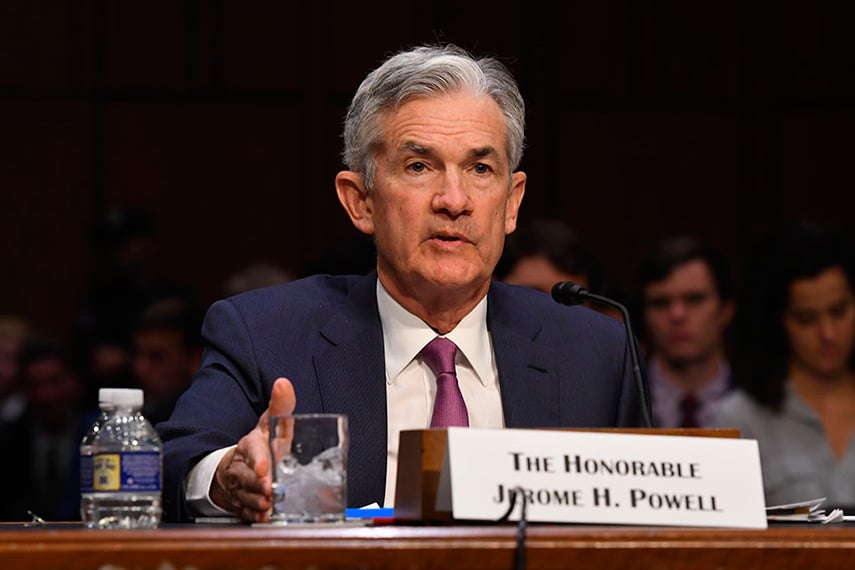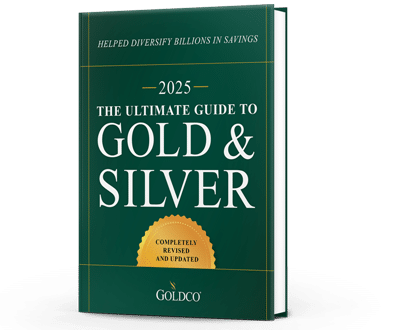Are You Watching What Interest Rates Are Doing?
For many people, the mention of interest rates probably causes their eyes to glaze over Certainly there are some interest rates that most people pay attention to Mortgage rates, for instance, are...
Federal Reserve

Alan Greenspan was notorious as a Federal Reserve Board Chairman for engaging in “Fedspeak,” a variation of English that sounded as though he was conveying vast amounts of information but in reality was a bunch of gobbledygook that meant absolutely nothing. As long as the economy was booming, which for much of Greenspan’s tenure it was, he got a pass for not saying anything meaningful.
His successors, Ben Bernanke and Janet Yellen, engaged in much the same behavior. Many of their statements were carefully couched so that they couldn’t be held to taking a particular stance or making a particular prediction about the course of markets or of Fed behavior. And now current Fed Chairman Jay Powell has taken that a step further by becoming the master of telling market analysts what they want to hear.
Powell’s recent testimony in front of the US Congress is a perfect example of that, although part of it may have to do with the amount of wishful thinking undertaken by market actors. Reading through Powell’s testimony and listening to his Q&A session with Congressmen, you could come away with multiple interpretations of the future conduct of monetary policy, depending on what you were looking to hear.
Those looking for a more dovish monetary policy would have found scads of statements that they could interpret as indicating a certain rate cut in July, even a 50 basis point cut. Those preferring a more hawkish monetary policy would point to the fact that Powell never stated anything absolutely, thus meaning that the Fed hasn’t staked out any particular position in advance of the July FOMC meeting.
One thing is for sure, however, and that is that Powell, like most Fed Chairmen before him, doesn’t understand gold. His discussion of the gold standard betrayed a fundamental misunderstanding of what the gold standard is. He appears to believe that the gold standard requires the Fed to maintain a constant dollar value of gold. That’s not true.
The gold standard means that only gold is money. Gold isn’t defined then as a certain number of dollars; rather the dollar is defined as a certain amount of gold. That relationship then remains as fixed as the relationship between feet and inches. That, of course, is what the Fed wants to avoid, as it then can’t provide an “elastic” currency.
The supply of that elastic currency has been growing ever larger since the Fed’s creation in 1913, raising prices, devaluing the purchasing power of the dollar, and reducing the average American’s standard of living. For every recession and every financial crisis, the Fed has but one policy response: create more money. Having a gold standard would prevent that monetary creation, essentially eliminating the Fed’s raison d’etre, which is why the Fed and central bankers around the world continually conspire to disparage gold.
Thankfully gold doesn’t care. It’s the honey badger of investments, plugging along maintaining its value and defending those who own it from financial turmoil, inflation, and stock market crashes. The Fed may not understand gold, but savvy investors do, which is why they continue to invest in gold to protect their hard-earned retirement savings.

